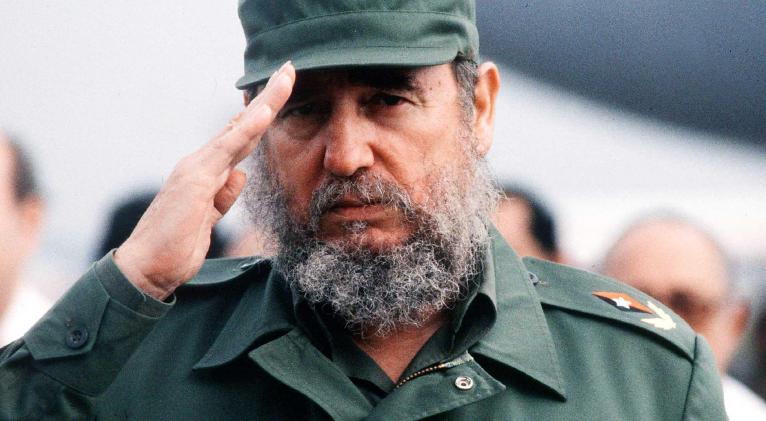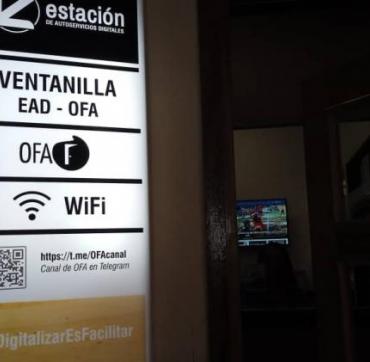The People with Fidel
especiales

There are no monuments in Cuba devoted to the indisputable leader of the Revolution, Fidel Castro, except for a humble rock where his remains lie at the Santa Ifigenia Cemetery, very close to the José Martí Mausoleum. That is a sacred place of the Homeland, destination of pilgrimage, space for paying tribute to the two most outstanding men of thought and action in Cuba.
Fidel Castro saw in José Martí a master, a guide to be followed and embraced the dreams of the National Hero to translate them into an exemplary political practice. Fidel's greatest legacy was José Martí’s wish, which he pursued until his last day: the full dignity of a whole people, built on an essential freedom and sovereignty.
Fidel Castro led by example. He took the road of personal efforts and sacrifices. He saw his sacrifice as a duty. He did not pursue frivolous recognition. And he attached his life to the struggle of his nation. He was a leader, to the highest sense of the concept.
Not for nothing was his projection universal. He was one of the greatest Latin American thinkers in the 20th century, but his work is fundamentally a crystal-clear realization. He was not a theoretician behind a desk. He was a practical strategist. He was a creator. A soldier of his own ideas, which were the synthesis of the most progressive trend of his time. He was a visionary man. A consensus maker.
Fidel Castro contributed in every field of the national life. And that mythical omnipresence made most of Cubans feel proud and pleased. “Fidel does not know about it, if he did, he would have solved it” — people used to say when they faced critical issues. He was the perfect example of the trust of an entire population in its leader, which showed an extraordinary political capital. And he achieved without populist rhetoric, without lies, or half measures. In fact, he was capable of turning a potential negative outcome in moral achievements.
But, contrary to what some people believe, his charisma was not his main attraction. It was his daily work, study, deep analysis, the debate…Fidel, who liked to speak for hours, liked listening to the people. He was a true organizer. And a very sensitive man.
The greatest symbols of the Cuban Revolution have Fidel’s indelible imprint. The free and universal health care and education. The democratic access to culture. Sports, as a citizens’ right. The development of science. The independence and effective defense of the nation. The coherence of Cuba in the international arena…
Those who thought he was a man holding onto power, he gave an exemplary lesson: he trusted in the continuity of a revolutionary process and made his likely substitute ready to serve. But not even away from the effective governmental structures he ignored the huge challenges of his country and the world’s. He was true to his conviction that a revolutionary man stands firm in his struggle until his last day.
That is why it is not a surprise that, years after his passing away, great sports men and women still remember him after every victory. That so many people show gratitude for every effort he made to materialize the Scientific Pole (anti-Covid-19 vaccines are, to a high degree, Fidel’s work).
It is not coincidence that Fidel Castro is a symbol for millions of Cubans. There is no need of big monuments to celebrate his legacy. 95 years after his birth, Fidel is presence. His people keep him alive.
Translated by Sergio A. Paneque Díaz / CubaSi Translation Staff














Add new comment